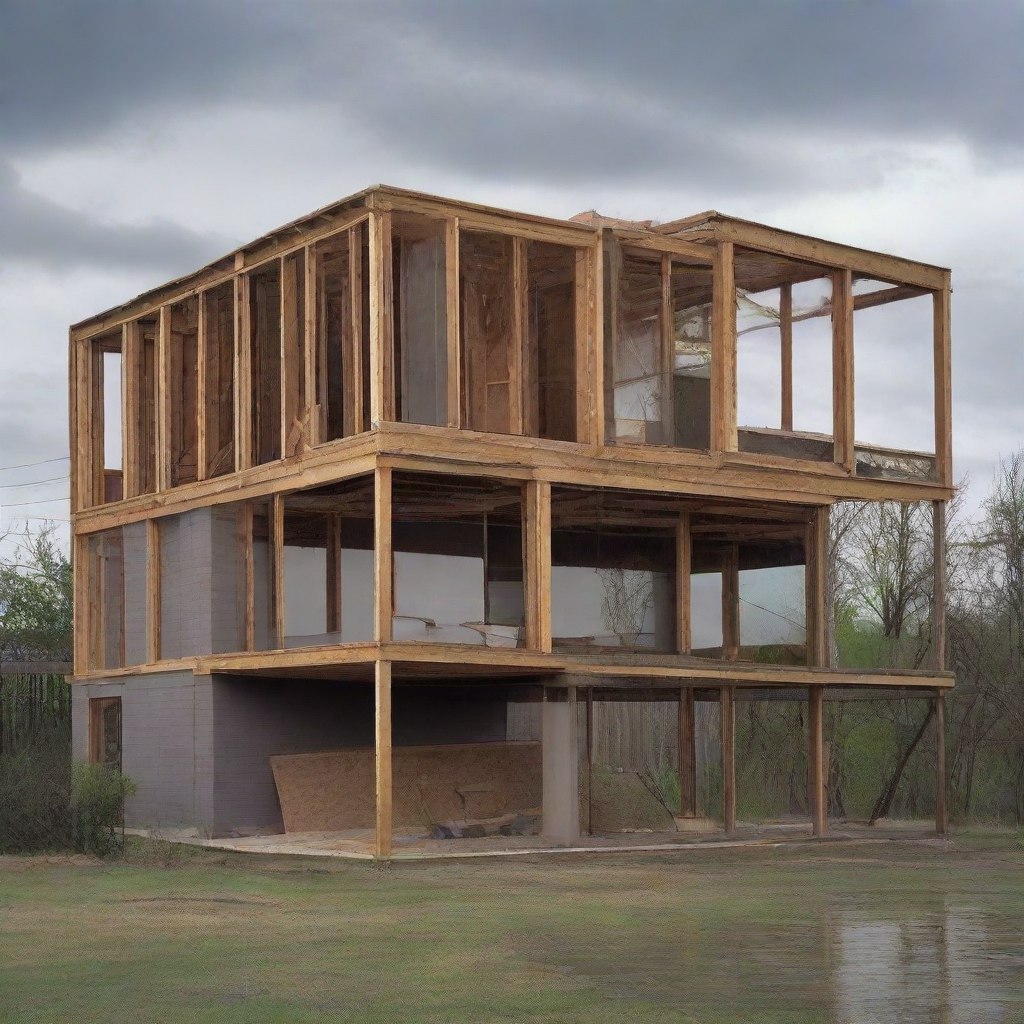Storms can wreak havoc on buildings, causing damage to roofs, walls, and windows, and posing significant risks to occupants. However, by implementing storm-resistant building practices, we can minimize the impact of severe weather events and create safer, more resilient structures. In this guide, we’ll explore a range of techniques and strategies to help fortify buildings against the forces of nature.
Understanding Storm Hazards
Before diving into storm-resistant building practices, it’s essential to understand the various hazards posed by storms. Depending on the region and climate, storms can bring:
- High Winds: Gusts exceeding normal wind speeds can exert significant pressure on building components, leading to structural damage and failure.
- Heavy Rainfall: Intense rainfall can result in flooding, water intrusion, and moisture-related issues such as mold and rot.
- Hail: Large hailstones can impact roofs, siding, and windows, causing dents, cracks, and other damage.
- Storm Surge: Coastal storms can produce powerful surges of seawater that inundate coastal areas, causing widespread destruction.
By understanding these hazards, builders and homeowners can implement targeted measures to protect their properties and occupants.
Roofing and Roof Structure
The roof is one of the most vulnerable areas of a building during a storm, making it crucial to reinforce its structure and materials. Some storm-resistant roofing practices include:
- Impact-Resistant Materials: Choosing roofing materials that can withstand impact from hail, such as metal roofing or asphalt shingles with impact-resistant ratings.
- Proper Installation: Ensuring that roofing materials are installed according to manufacturer specifications and local building codes, including proper fastening and flashing details.
- Braced Gable Ends: Strengthening gable ends with additional framing or bracing to prevent them from collapsing under high winds.
Additionally, regularly inspecting and maintaining the roof can help identify and address potential weaknesses before they become major issues during a storm.
Exterior Walls and Windows
Exterior walls and windows are also vulnerable to storm damage, requiring careful attention to construction and materials selection. Some storm-resistant practices for walls and windows include:
- Impact-Resistant Windows: Installing windows with laminated or tempered glass that can withstand impact from wind-blown debris.
- Reinforced Wall Construction: Using reinforced concrete or masonry construction for exterior walls to improve resistance to high winds and flying debris.
- Storm Shutters: Installing storm shutters or impact-resistant covers over windows to provide additional protection during storms.
By strengthening the building envelope and minimizing weak points, homeowners can reduce the risk of water intrusion, wind damage, and other storm-related issues.
Foundation and Structural Integrity
The foundation and structural integrity of a building are critical for withstanding the forces of a storm. Key practices for ensuring storm-resistant foundations and structures include:
- Elevated Foundations: Building on raised foundations or piers in flood-prone areas to reduce the risk of inundation during storm surges or heavy rainfall.
- Reinforced Concrete: Using reinforced concrete or steel reinforcement in foundation walls and footings to enhance strength and stability.
- Wind-Resistant Framing: Constructing buildings with advanced framing techniques and structural bracing to resist lateral forces and minimize damage during high winds.
Regular maintenance and inspection of the foundation and structural components can help identify and address potential vulnerabilities before they compromise the building’s integrity.
Conclusion
Storm-resistant building practices are essential for protecting properties, occupants, and communities from the destructive forces of severe weather events. By implementing measures to strengthen roofs, walls, windows, foundations, and structures, homeowners and builders can reduce the risk of damage and ensure the long-term resilience of buildings in the face of storms.
Whether you’re constructing a new home or retrofitting an existing structure, incorporating these practices can provide peace of mind and safeguard against the unpredictable forces of nature.


